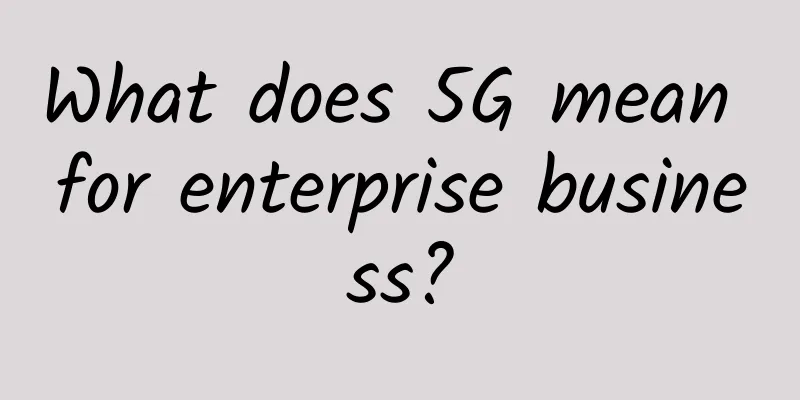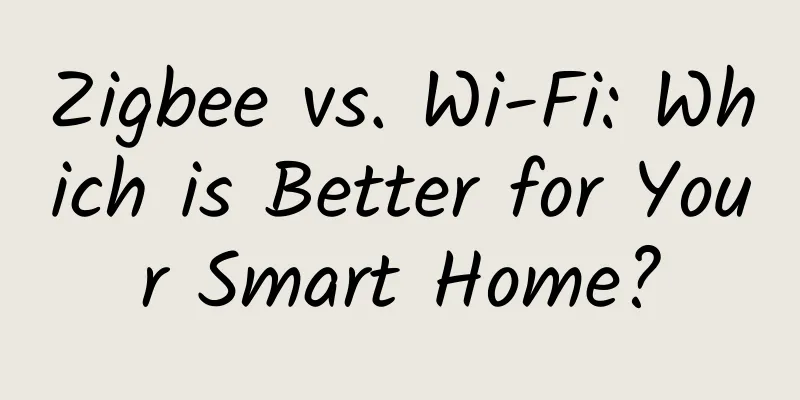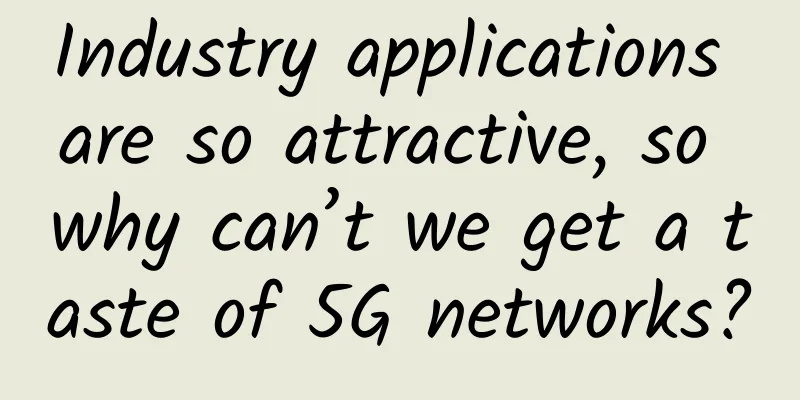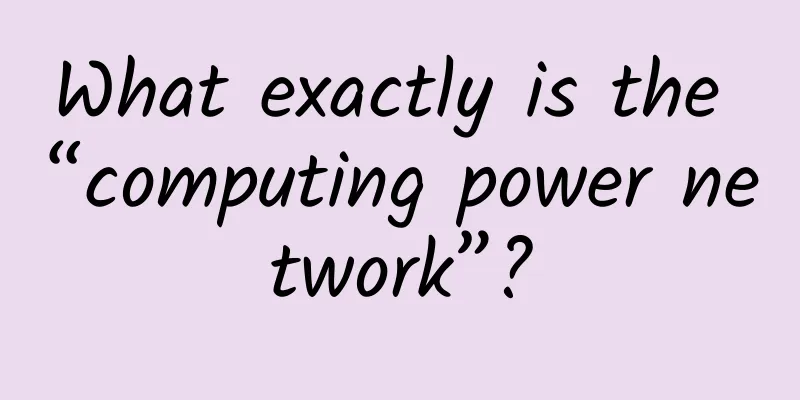5G vs. WiFi 6: Tips for choosing the best wireless network option

|
There has been much to prove about 5G’s theoretical advantages in network management, performance, security and propagation capabilities, but deciding on any technology in the abstract without specific context is a risky proposition. WiFi6 or 5G? It depends on business needsIn some ways, it’s easy to see the line between WiFi and 5G. The traditional use case for WiFi is supporting client systems where direct connectivity is too costly or impractical based on their location or nominal bandwidth requirements. WiFi has become ubiquitous, and the configuration and management process for building WiFi networks is close to plug-and-play. Modern WiFi access points (APs) for consumers and enterprises offer simplified and intuitive web-based utilities that guide users through setting up authentication, security, and access policies, resulting in a secure and fully functional WiFi network up and running in minutes. For mobile and outdoor applications, cellular networks have surpassed telecommunications, from 4G LTE to now 5G, providing greater range and reliable connectivity for many data-rich mobile applications. Both public and private cellular networks have found their place in some of the largest industries, such as light and heavy manufacturing, utilities, oil and gas production, and transportation, where WiFi cannot meet the mobility, performance, and signal reliability required for specific mission-critical applications. As with any other IT project, our technical staff needs to fully define the business requirements and then make technical recommendations that can reliably meet or exceed those requirements. 5G and WiFi6 can and should coexist, just like any other hybrid IT environment. Top factors to consider before choosing 5G and/or WiFi6Of course, there are a wide range of technical considerations that come into play when assigning business applications to 5G and/or WiFi 6. For example: Physical location and system mobility: Because both WiFi and 5G rely on radio technology, they have similar limitations in acquiring and maintaining a signal. Although 5G combines higher power output and frequency options that are better suited to penetrating buildings, landscapes, and vegetation, the coverage of both technologies can vary significantly depending on the surrounding environment. On average, a small cell access point occupies about 10,000 square feet, while a similar WiFi 6 AP occupies about 2,500 square feet. In addition, cellular services are designed to provide superior "handoff" capabilities to maintain uninterrupted connections with mobile clients. Dropped calls are annoying, but when it comes to applications such as remote control systems, reliable connections can be mission-critical. Network speed and latency: The volume, density, and dependency of business data has exploded over the past two decades and shows no signs of abating. What is most likely to influence wireless network selection is the critical response window between the client system and any system it connects to operate at the edge, in the cloud, or even in the data center core. Unfortunately, the actual capabilities of any wireless network can only be assessed in the field by considering the current state of the radio, the network, the environment, the number of concurrent connections, and competing devices, all of which are subject to change at any time. Security and Authentication: Cybersecurity will continue to be a serious concern regardless of the type of connection involved. Unfortunately, much of the risk lies in the human aspect of security. WiFi 6 and 5G both offer security options, but they are not always consistent across carriers and IT customers. Device-based authentication, multi-factor, and biometric authentication can go a long way in eliminating some of the most common methods of intrusion, as long as they are consistent across 5G providers and wireless customers. It will undoubtedly continue to improve as 6G rolls out into the end of the decade. The same will be true for WiFi6 and the upcoming WiFi7 standards, but it is almost certain that data and application demands will continue to grow along the same lines. 5G and WiFi6 businesses would do well to find ways to work together, but this ideal is complicated by vendors and standards organizations being more focused on advancing their own agendas than meeting customer needs. As a customer, avoid the hype, take the time to truly understand the business needs, and use the combination that makes the most sense. |
<<: How secure is HTTPS? A primer on the protocol that protects much of the web
>>: Don't let MAC address drift become your nightmare: practical protection and detection methods
Recommend
What you need to do to prevent data center downtime
Recently, according to a survey report on data ce...
From wireless development to carrying all things connected, Ruijie is ambitious and capable
[Original article from 51CTO.com] "The Inter...
ShockHosting configuration upgrade 50% off, $5/month-2G/300GB/1TB/Los Angeles data center
The tribe has shared news about ShockHosting seve...
To improve the security performance of SD-WAN, you need to do this
In order to do a good job in network security, SD...
The latest version of WeChat has been updated to fix these problems
According to the normal update rhythm, WeChat iOS...
Application and development of machine learning tools in data centers
At the beginning of the Internet, data centers we...
Gigsgigscloud adds Los Angeles international line 1-10Gbps bandwidth VPS monthly payment starts from $5
Gigsgigscloud recently launched the Los Angeles L...
How to implement the national wireless standard through testing? NETSCOUT explained the implementation case in detail at the "Wireless LAN Test Specification" publicity meeting
[51CTO.com original article] On November 22, the ...
5G messaging has become a hot topic, but it still needs to overcome two obstacles to become bigger and stronger
On April 8, 2020, the three major operators joint...
10 ways to completely solve wireless AP failures
Wireless AP devices are used to centrally connect...
Talk about Kerberos kinit command and ccache mechanism
1. Introduction Hello everyone, I recently encoun...
ChangeIP: High-security VPS monthly payment starts at $2.39, unlimited traffic VPS annual payment starts at $19.2, optional Los Angeles/Denver/Chicago/Netherlands data centers
ChangeIP is a site under Sharktech's data cen...
The core network and its vital role in cellular connectivity
The emergence of the Internet of Things (IoT) and...
From MPLS to the Internet: Enterprise Network Optimization in the New Era of WAN
There is no doubt that WANs look different than t...
[6.18] Moack: $35.64/month-2xE5-2630L/32GB/1TB/10M bandwidth/South Korea server
Moack.co.kr is a Chinese merchant who mainly sell...









